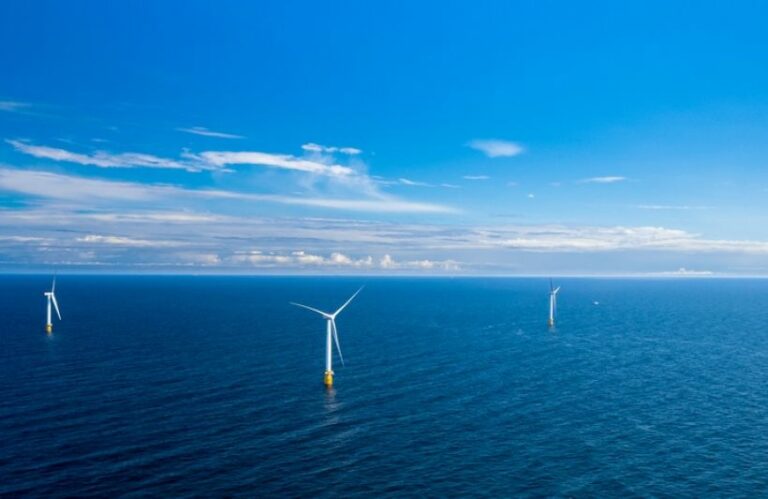
The “Commercial Models for Future Hydrogen Production” report, written by Xodus Group, examines the export potential for hydrogen produced by Scotland’s renewable electricity sector.
The report outlines what infrastructure would be needed for the transportation of green hydrogen at scale and the different commercial models that could be used to fund, own, and operate such infrastructure.
Options for hydrogen transportation, which are detailed in the report, include injection into domestic gas networks or storage as well as export to mainland Europe by ship or pipeline.
The report uses a range of scenarios for Scotland’s potential future hydrogen generation, with a focus on ScotWind and INTOG (Innovation and Targeted Oil & Gas) offshore wind projects which might dedicate some of their output to hydrogen electrolysis.
The opportunities afforded by an indicative trunk pipeline connecting Scotland to Germany are explored, with feed-in pipelines from key locations in Shetland, Orkney, Cromarty Firth, and St Fergus.
The pipeline concept – detailed in a recent report by the Net Zero Technology Centre’s (NZTC) Hydrogen Backbone Link project, of which Crown Estate Scotland was a partner for Phase One – complements the wider aspirations of work being undertaken by NZTC and highlights the key role that hydrogen could play in helping the UK meet its climate objectives.
The report sets out a range of recommendations and options for government and the wider Scottish public sector.
These include increasing the international visibility of the export pipeline potential Scotland has to offer; establishing the timing of the hydrogen supply that may be produced from offshore wind projects, including from ScotWind and INTOG projects; and increasing engagement with partners in mainland Europe around offtake opportunities.
“Green hydrogen has the potential to play a huge role in decarbonising key industries across Europe, and there is a clear opportunity for Scotland to contribute with our growing offshore renewables sector,” said Ben Miller, Development Manager with Crown Estate Scotland.
The Scottish Government has set a target to deliver up to 11 GW of offshore wind capacity by 2030 to support Scotland’s commitment to net zero emissions by 2045.
A few months ago, Subsea 7, in collaboration with OneSea Energy, secured funds from the Scottish Government to investigate pairing a large-scale floating hydrogen production system with a floating wind farm offshore Scotland.
Through the feasibility study, which the companies are able to conduct with the funding in place, Subsea 7 and OneSea Energy intend to explore the opportunity and prove the relevance of floating hydrogen production in the Scottish context, based on OneSea’s developed technology and concept, and relying on Subsea 7’s experience in broader energy systems integration and delivery of projects in Scotland as well as understanding of the Scottish business environment, supply chain and market context.